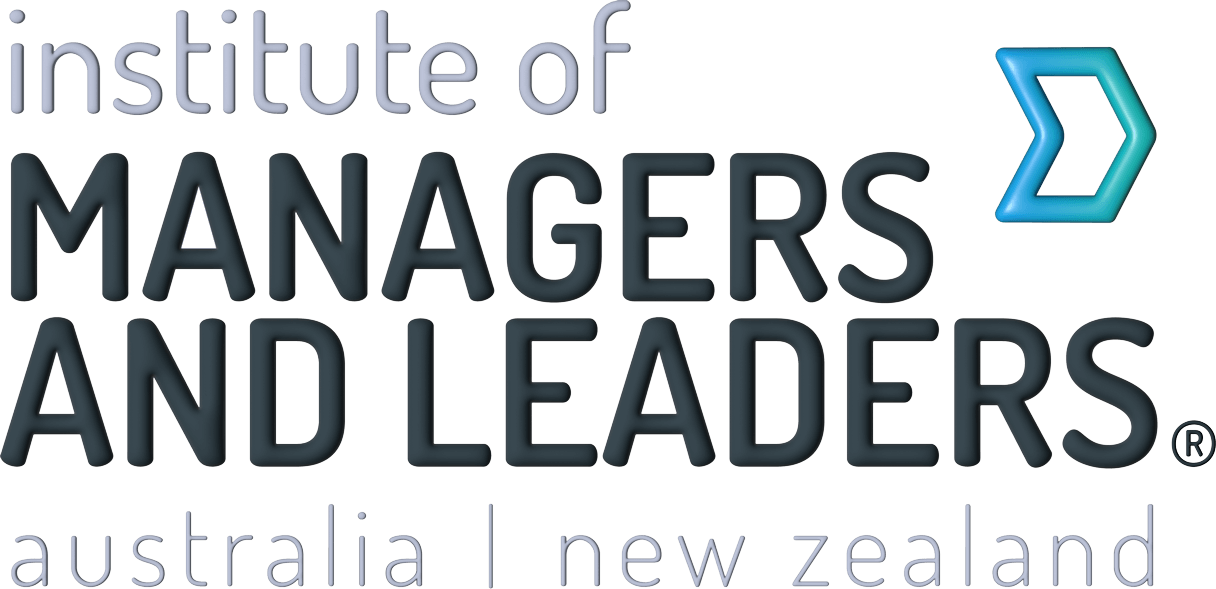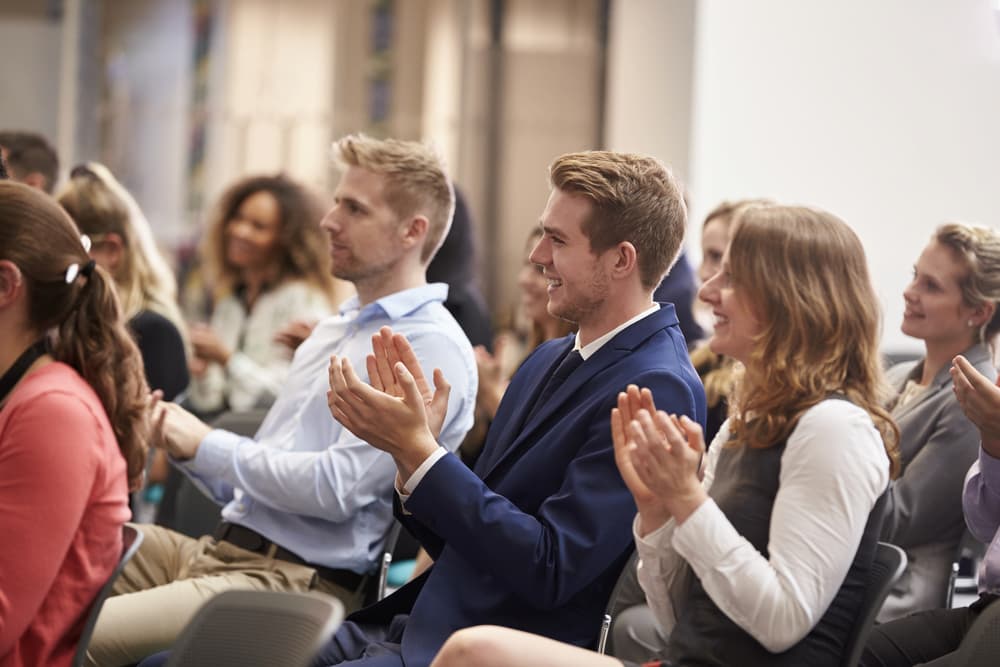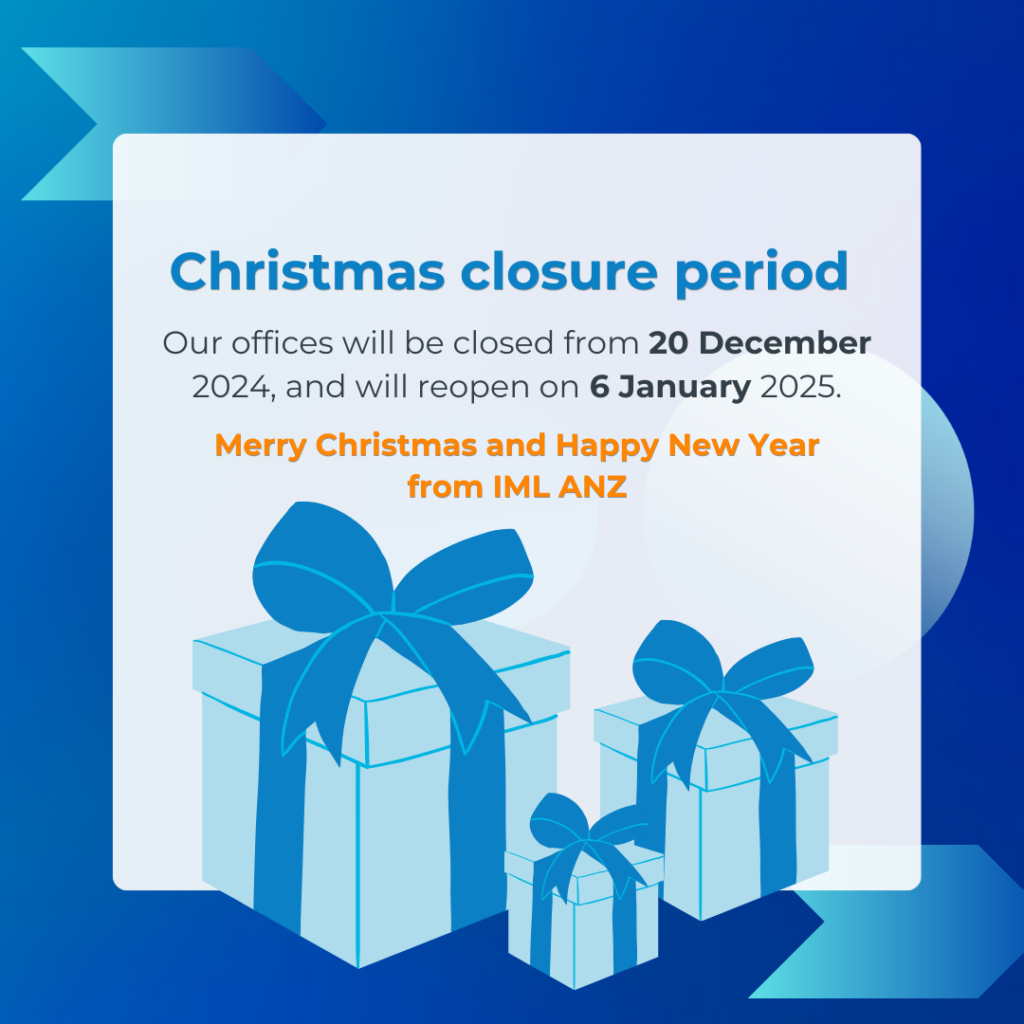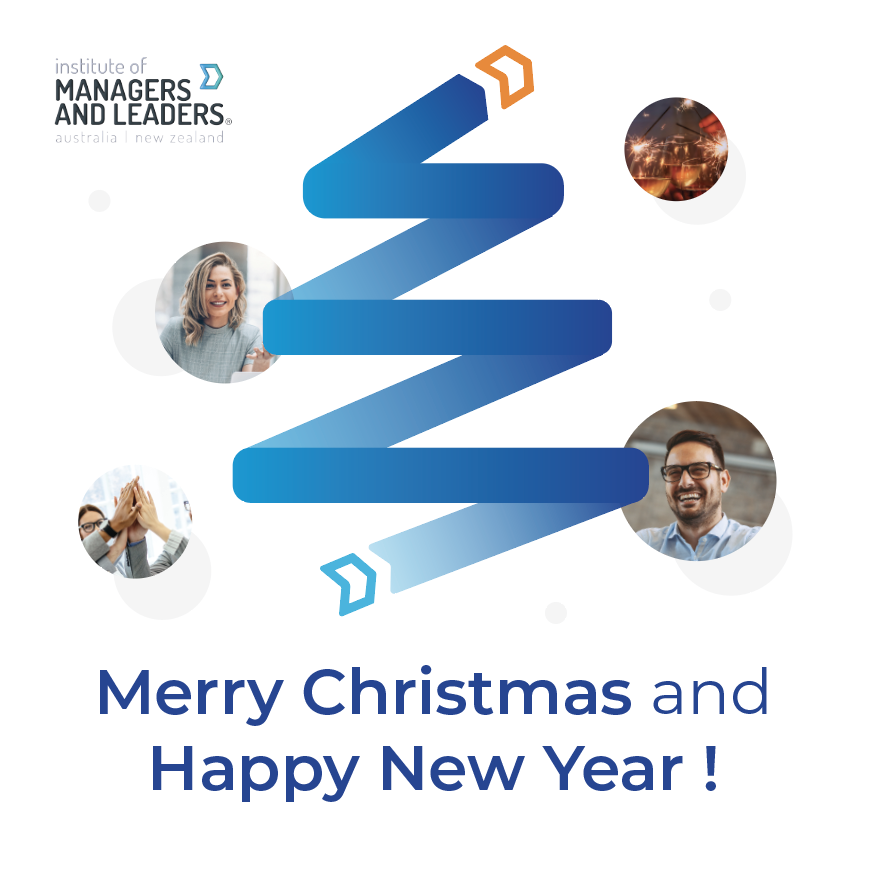We are delighted to share the impactful leadership journey of Billie-Jo Barbara CMgr FIML.
Following the pandemic, Billie-Jo moved home to Adelaide (after time spent in Sydney and the Northern Territory). She is the current Chief Human Resources Officer for the Department for Child Protection, South Australia.
Read about the vital work Billie-Jo is doing, and her leaderships lessons so far.
1. How has the post-covid environment impacted your leadership journey?
I changed both roles and states through COVID. From a professional perspective, given the work that I do in looking after workforces, it’s really been an opportunity to reflect on what the post-covid world looks like for ways of working. There is obviously a lot of community conversation around flexibility, and it being a real feature of people’s employment. Rather than it being perceived as an entitlement, flexibility is being looked at as a normal part of people’s employment and engagement.
In my current workplace, so much of the work we do is frontline work. It involves working closely in-person with children, young people, families, their carers, and biological families. But with the war on talent still circulating, and a workforce expecting flexible work – I have had to pause and think about where this leaves us as a workforce. What can work look like where it has traditionally been face-to-face, especially with the emergence of AI.
2. You and your wider organisation deal with some challenging situations and circumstances. What strategies do you utilise to support your team’s mental health and wellbeing, as well as your own?
The work that we do can be highly complex but it also one of the most rewarding types of public service and that’s not to diminish or downplay the challenges. Our workforce does the work that they do with such an extraordinary amount of hopefulness. If we don’t have that, how do we do what we’re doing each day?
To assist our people, we have introduced a new Wellbeing Partner role in our residential care space. That employee is someone who previously worked in a supervisory role within residential care services, so they understand the environment operationally. That person is someone the team can call upon to help support them when it relates specifically to safety, wellbeing and injury management. Unfortunately, from time to time, we have examples where significant incidents occur.
We also have a senior clinical psychologist that supports our leaders with building resilience within their teams, and broker robust discussions about how our leaders can best support their staff.
Residential care and this department have some of the most complex cases of children and young people in care where a family-based placement has broken down. There is a lot of complexity in this work, and it is important that we provide adequate support to our people, because they are a passionate and committed bunch of people.
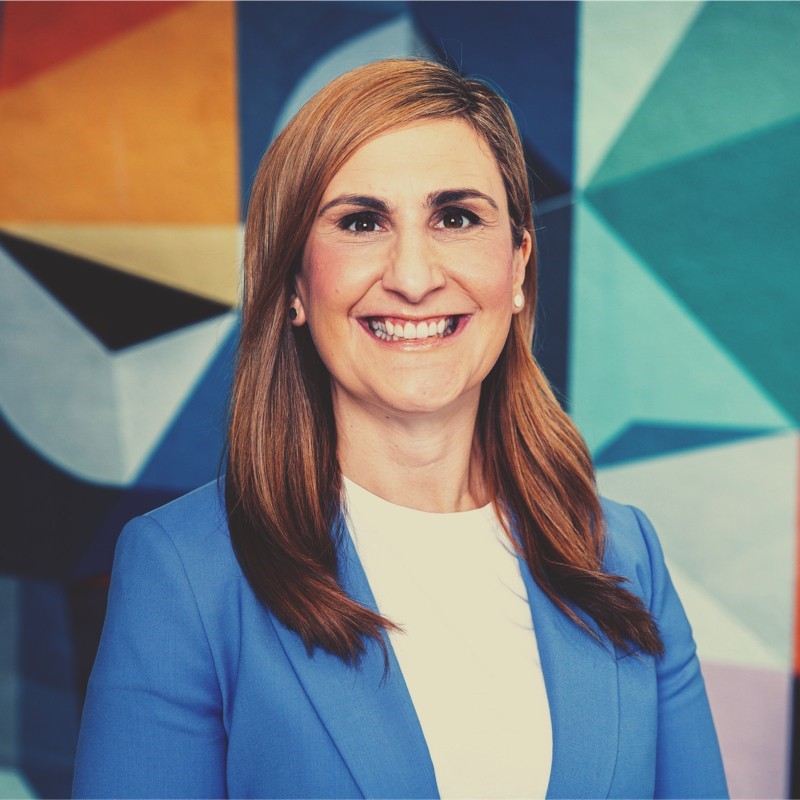
3. How do you motivate and inspire your team members to perform at their best and achieve their goals?
For the people that directly report to me and make up my leadership team, I have tried to always meet them where they’re at. For some people, having the time working from home and disconnecting from the office environment is assistive. For other people, that’s not going to be an advantage. For me it’s about coming into any of those discussions, being flexible and meeting the leaders where they’re at. It’s more about the outcomes being achieved from the work than it is about the location that someone is working from. If they are in a leadership role themselves, I have an expectation that they’re connecting in with their team members.
Where someone is at in January, could be very different in June. So just having those regular conversations with them about “is this still working for you?” or “You’ve got this very big project coming up, I also know that you’ve got things personally”. “How can I best support you as a whole person, as your employer to do the work that you are here to do?.”
4. What has been the biggest highlight in your current role?
Some of the things that I’ve been working closely with my leadership team on is attraction and retention – it is such a huge challenge right across Australia in community services roles. A significant part of our HR footprint is having a supported and thriving Aboriginal workforce, because unfortunately we have high rates of Aboriginal children and young people in our care. We know that it’s important for that community to be supported by itself.
We are just about to launch a workforce plan that creates meaningful career pathways for Aboriginal employees, in a culturally safe and inclusive workplace. That requires a partnership from both Aboriginal and non-Aboriginal people.
5. What is your key to a sustainable career?
One of the great things for me coming back to South Australia was that I maintained my professional networks when I lived in other places and spaces. I think you just never know when you are going to reconnect with someone. Keeping a strong professional network is beneficial and often where organisations such as IML ANZ come into play. I think that does help with sustainability because you have those people in your network that you can call on when you’ve got a particular challenge.
I’ve been in HR for quite a long time, but I haven’t necessarily worked in the child protection system. I think about who I’ve got in my network that I can draw on that can help me with whatever challenge or opportunity I’ve got at that time. I think keeping a strong professional network is helpful throughout a career, particularly if you want to sustain it.
